Kunal Bajaj CEO & Co-Founder of CloudExtel said that 5G currently has just been a faster form of 4G with no massive shift in use case. Now that the industry has invested into 5G, the larger question, as per Bajaj, is what is the technology really going to be used for. Noting a growing demand from suburban and rural India for internet as well, Bajaj also talked about the NaaS provider company’s plan for 2025, in terms of wireline and its open Radio Access Network (RAN) architecture.
You’ve said that 5G rollout may prove to be a conundrum for the industry. Did you mean in terms of challenges or some exciting things you’re looking forward to? Do you see 5G thriving here?
The commercial success of 5G is not an India-only problem but a global problem. We’ve not seen massive commercial uplift in telcos anywhere in the world with the launch of 5G. And I think it’s because it’s probably the first time where the network has kind of come before the use case. So when 4G or 3G happened, people already were browsing on their laptops and desktops. They wanted to take browsing mobile. In 5G there’s nothing really today so significant, which I do on my laptop in the office, which I can’t already do on my mobile. When we actually start getting much more sophisticated use cases that leverage AI or AR/VR, 3D or holographic calling and real-time gaming becomes more mainstream, then more devices will need to be on 5G.
In that case, what would you make of the government’s push for 6G?
The push to 6G is more about that next level of technology around processing, pushing more towards software-defined radio networking, potentially adopting more things like Open RAN and open networking. It’s more about those philosophical pushes and India taking the lead in that new type of networking and new type of radio networks, than saying, we need a faster G, right? It’s more about an evolution.
What are you plans for FTTH this year?
We’ll hit a million in probably four or five months or so from now. For FTTH, we’re present in not only Delhi, Bombay, Bangalore type cities but also Coimbatore and Nagra. We hope to actually do a lot more work in our next tier cities going forward because FTTH is happening all the way down to tier four, tier five cities now. In these smaller towns, almost rural areas, many MSOs and LCOs compete alongside the large telcos. Many competitive ISPs have also picked up. So, there is a massive thirst for getting high-speed internet connectivity at home because mobile quality of service has declined in the past. We’ve seen UCLA say that the average user experience on 5G today is lower than a year ago. That means that further upgrades on capacity to maintain that level of quality of service are not taking place. So, I think people do recognize that having a fixed line is much more reliable and there will continue to be a lot of investment there on FTTH.
Do you plan to expand the open RAN solution you had started earlier?
So the shared RAN deployment at the nine stations is doing really well. The day that the Cricket World Cup Victory Parade happened in South Bombay, when the whole place got inundated, the traffic levels just shot through the roof, and the system was able to absorb it. We’re planning to expand the capacity being deployed at these nine stations.
It’s really upon us to now expand this to more stations and airports, hospitals, and other places. What’s stopping us today is sort of the dynamics of the industry. Once we have a more dynamic competitive environment, then the benefits of doing active sharing will start becoming apparent again. I think that will be the right time in which you’ll be able to really expand to more stations. So we are working on projects right now with Railtel, and others as well.
Has anything changed for the company since the acquisition by Macquarie?
A lot has changed, in particular is our ability to deploy capital. Since Macquarie and Admin Cap came in, we’ve been able to deploy close to about one and a half X the capital in the last one and a half years versus what we did in the first eight years of our existence combined. Over the next two years, we intend to take that number and more than double it again.
What are your plans going forward for 2025?
On the wireless side, we expect an acceleration as more users start using 5G or get to a state where 5G network densification is going to be required and that’s where the types of sites which we build, microsites, small cell sites, become more effective. On the fiber side, we’re looking to our CapEx investments over the next two years, more than doubling again what we’ve done in the last one and a half years. It is going to be in many ways driven by fiber and that’s going to be around DC connectivity in metro areas, FTTH, homes passed, as well as tower and enterprise backhaul.
Published on January 8, 2025
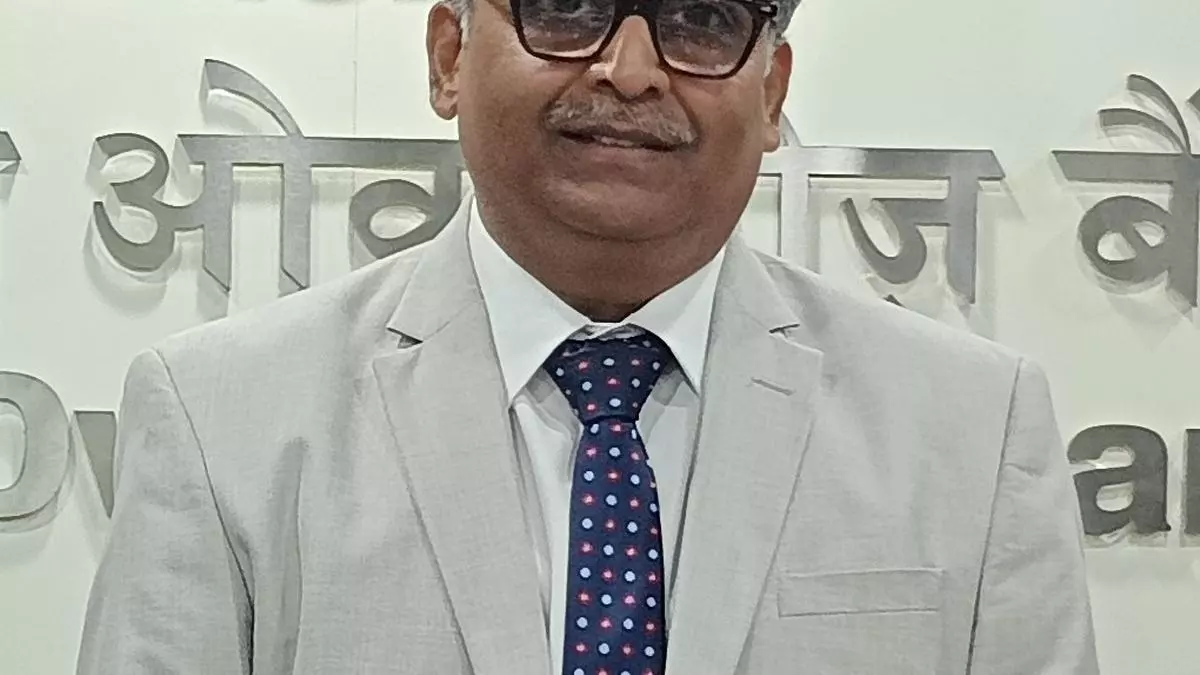
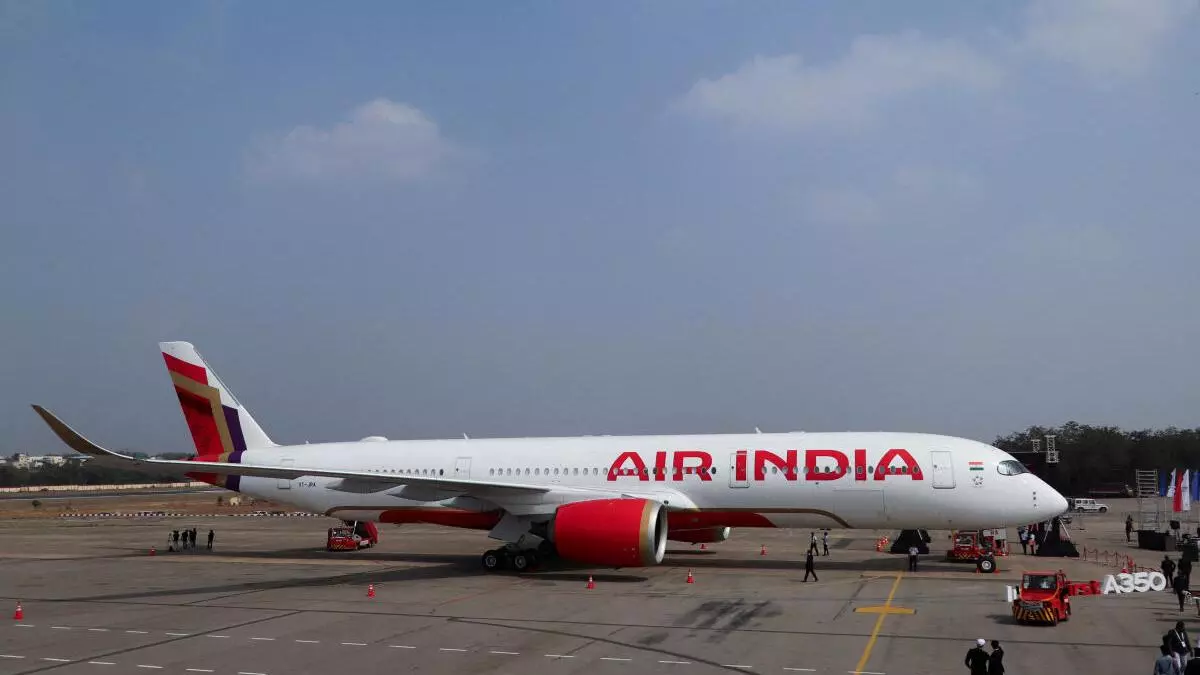
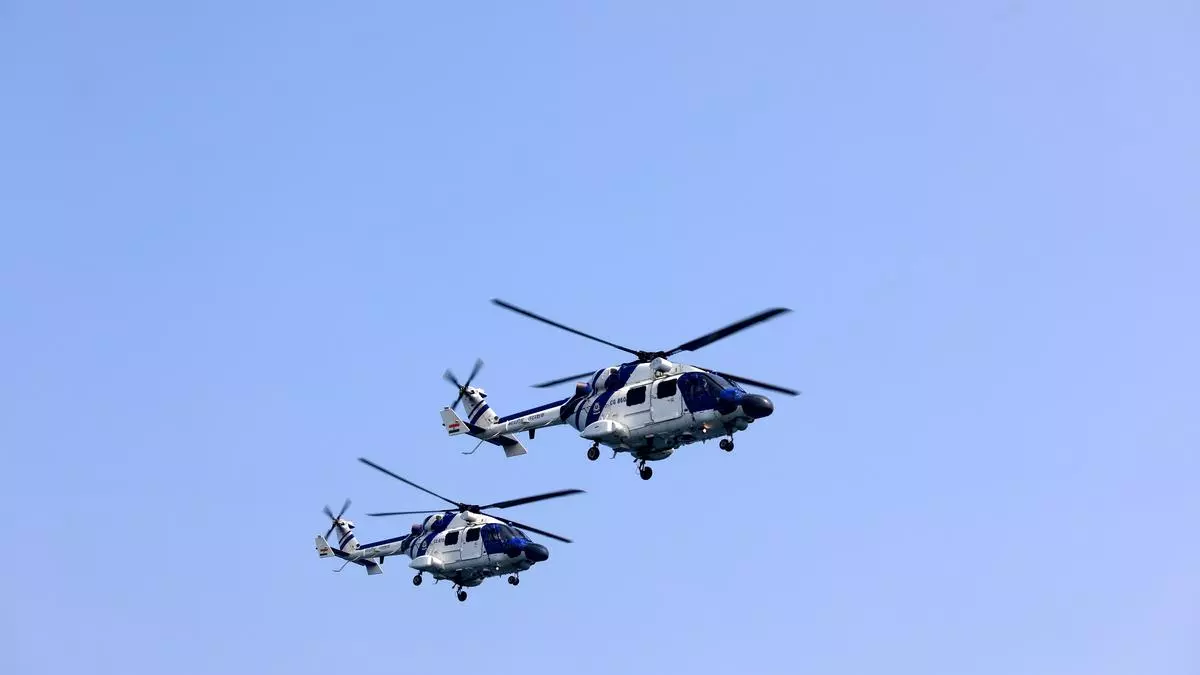

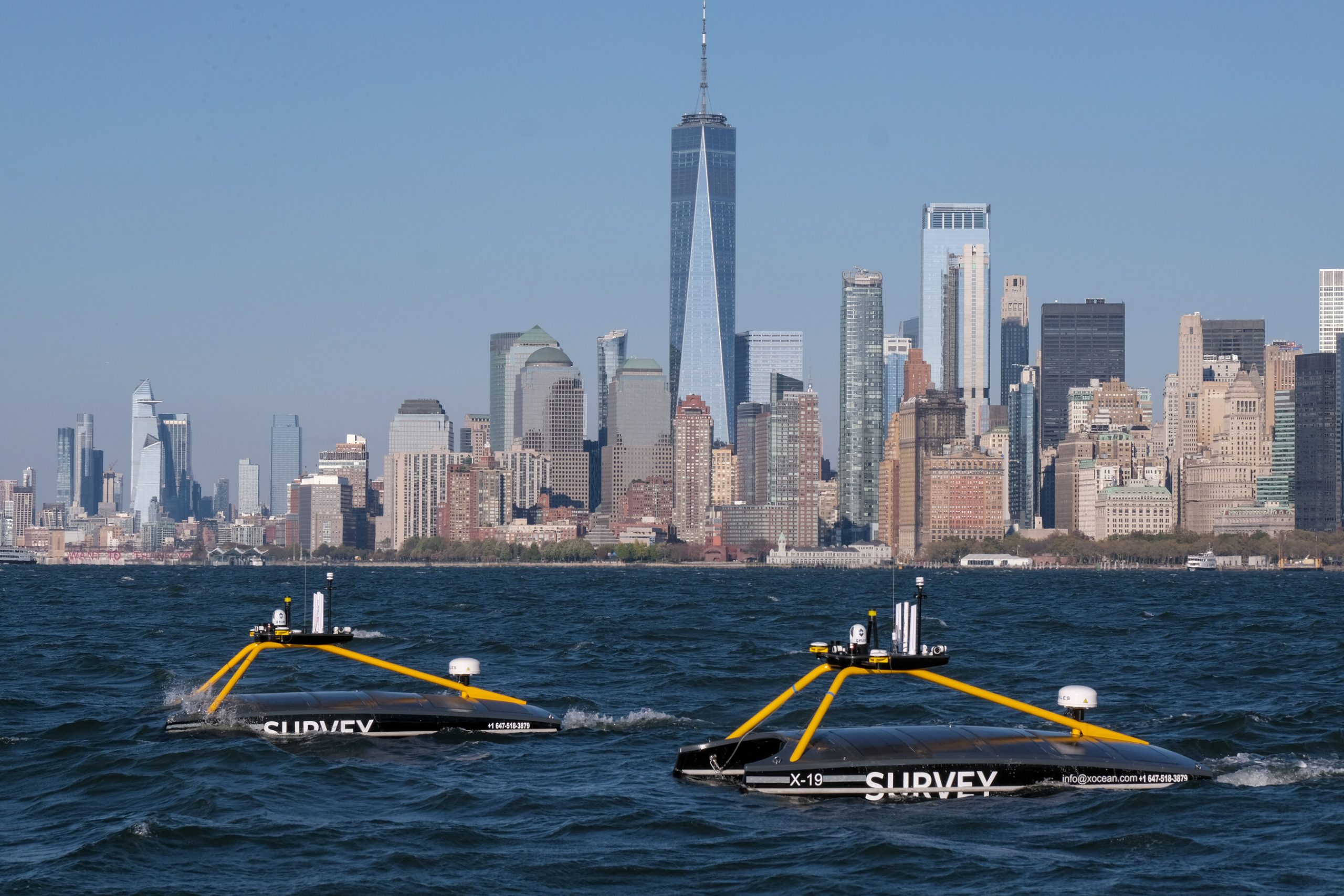

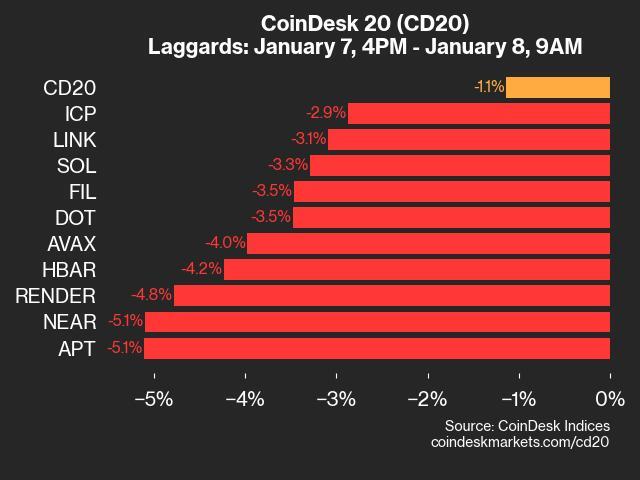


Leave a Comment